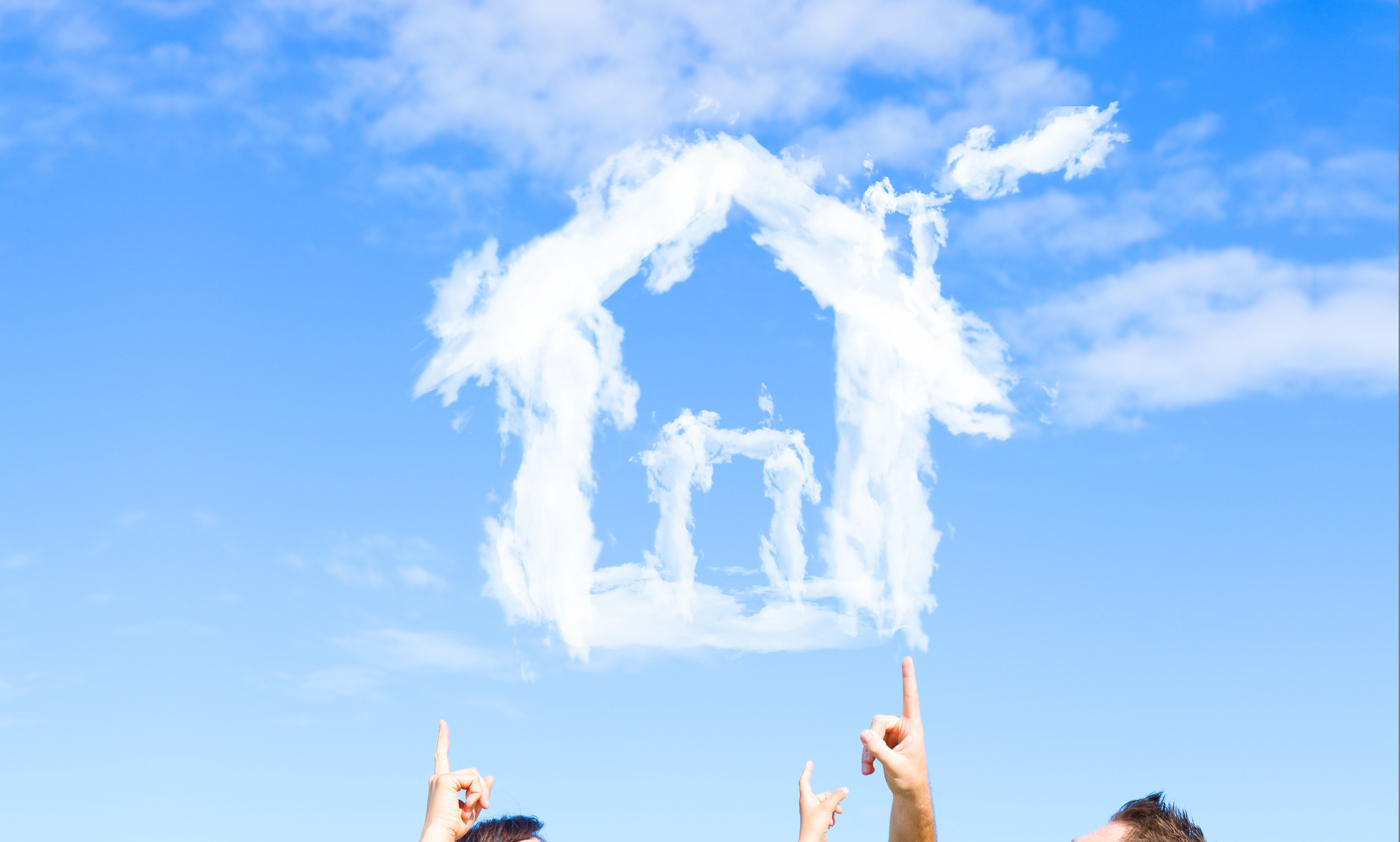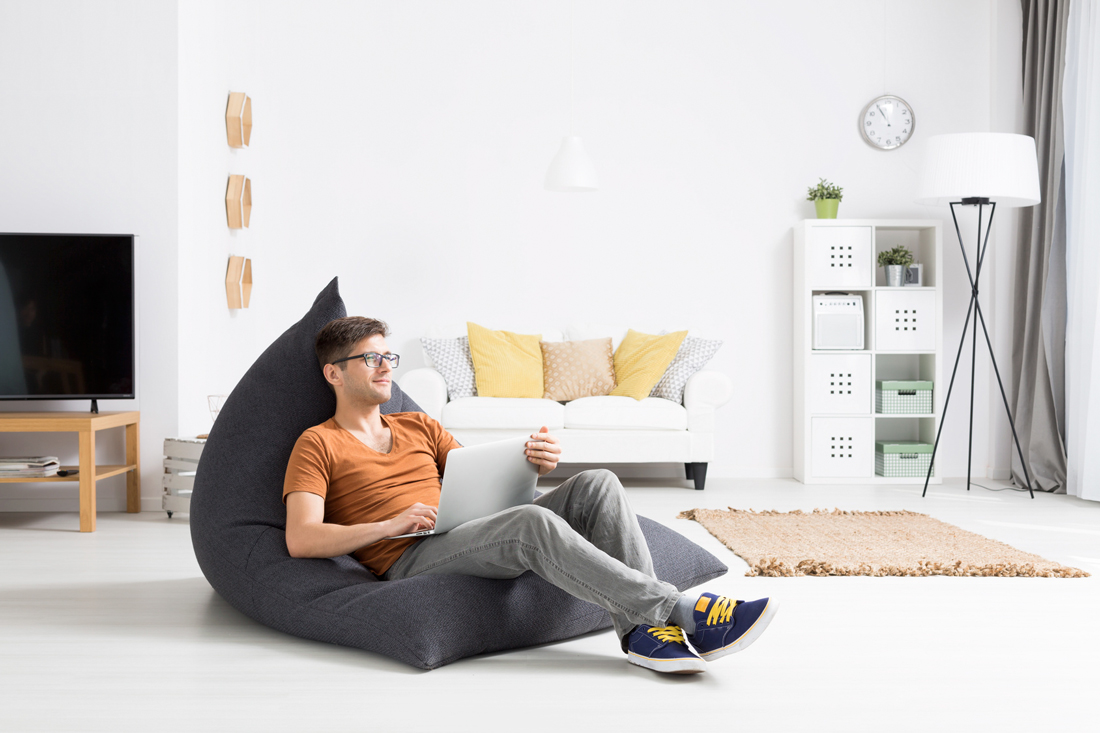
Housing of Tomorrow
June 4, 2019 — The Big Picture
Fast changing lifestyles, major demographics shifts, user-centric expectations, unprecedented use of digital systems, growing citizen awareness of sustainable challenges are just someof the factors impacting the places we live, the design of our homes as well as the role of housing.
What are the trends that illustrate these and their potential impact on the urban fabric?
Modular spaces
The increasing demand for modularity and scalability will most likely become a “must have” feature of the housing of tomorrow, in a number of different ways.
Thinking early on about the design of an extra room to anticipate changes in family size, accommodate the welcoming of relatives or friends, or to benefit from a large choice of options for future usages is the traditional way to plan evolving spaces.
In the last few years the rise of peer-to-peer platforms and the growing popularity of co-living have led to design of “homes within homes” and to the notion of “space on demand”. Developers like Nomura in Japan for example make a priority of their latest urban projects to design collective housing with flexible, hybrid and scalable mutual spaces.
Innovative urban thinkers like German architect Stefan Eberstadt and his “Rucksack house” or France’s Eric Cassar looking at “habiter l’infini” are pushing the frontiers of these flexible spaces.
The development of modular construction and “Building Information Modelling” systems will help foster an ever wider choice of lego-like combinations of housing modules that will boost simultaneously the flexibility, affordability and attractiveness of spaces.
Energy hubs
Homes, and buildings more broadly, are generally thought of as massive energy eaters (they represent about 40% of the overall consumption). Tomorrow, however, may see a reversal of the dynamics where the places we live play a major role in energy generation.
Start-ups like Qarnot Computing leverage the heat produced by decentralized data-centers to warm up apartments. Cutting-edge innovation in some laboratories, such as the one run by EPFL’s Mickaël Gratzel, are testing nanomaterials that could turn facades, roofs and walls into active surfaces.
Photovoltaic solutions are being laid atop rooftops with increased efficiency. Additionally new solutions like “Wattway” from Colas start to be integrated seamlessly into roads and parking infrastructures bringing a high proximity source of electricity to communities.
In parallel the powerful development of smart grids capabilities, new energy storage solutions (such as Lithium-ion batteries or hydrogen-based systems) combined with AI-enabled systems make it increasingly attractive on the economic side to have decentralized resource networks.
These trends will apply increasingly to organic waste and water management as seen for example in Grenoble’s “ABC” project. We are stepping into a new era where the “bottom-up” approach may disrupt established networks.
Homes are becoming key hubs of these new networks.
Mobility centers
Housing and mobility have traditionally been addressed separately. Static spaces on one side and flows of the other.
Increasingly though, cities, developers, citizens and stakeholders alike are keen to look at synergetic approaches that could reduce their commuting time and improve their daily comfort.
Programs like “Bike City” in Vienna have a systemic view of mobility including housing. In France “Clem” is positioning itself as a service provider of electro-mobility emphasizing its added-value in terms of its proximity to homes.
Some experiments are venturing even further trying to have a three-pronged approach of housing, energy and mobility.
The Fujisawa SST (“Sustainable Smart Town”) project developed by Mitsui, Panasonic and few selected partners like Toyota is looking at sophisticated Vehicule-to-Grid solutions with battery stations along with car sharing of Electric vehicles (EV) and access to electric-assisted bicycles.
In a global trend, housing communities are increasingly becoming mobility centers fostering the interdependence between the places we live in and the way we move.
Hybrid homes
With the booming of nomadic and digitally-enabled services, studies are not necessarily done 100% in university premises anymore, nor is work contained – or constrained – within office spaces; malls are being challenged as the places where shopping takes place by platforms like Amazon. Medical diagnosis can be done remotely; and Fablabs start to appear, thanks to 3D-Printing as miniaturized production units.
Homes are natural “recipients” of these usages. They are becoming part-time hotels (with AirBnB and other platforms), part-time offices with the strong growth of teleworking, part-time movie theaters with impressive – and immersive – TV and sound systems available now widely in living rooms, …
We are seeing a new fabric of the city where non-critical, cosy or convenient tasks or usages are being done at home while we will move to learning, working, shopping places only if there is a compelling reason to (meeting kick-off, negotiation; interviews; group interaction and feedback).
In this new paradigm, the homes and their immediate surroundings like “third-space” are becoming a central part of a novel urban metabolism.

Houses that care
Healthcare and wellbeing are topping the priorities of citizens in terms of their expectations with regards to both the cities they live in and to their homes.
Increasingly real-time systems measuring in-house air quality and more broadly parameters that could impact health are gaining popularity.
Bathrooms are on their way to transform into sophisticated health and wellbeing spaces thanks to connected health, well-being and medical devices designed by the likes of Withings, Pharmagest or other Medtech companies.
Ageing population, especially in OECD countries, make it also necessary to adapt houses to senior citizens physiological needs. Materials today found in hospitals and clinics, with antibacterials or fall-proof properties, may very well be commonplace in tomorrow’s homes catering for changing needs as we age. This includes coatings that sharpen color contrasts, adapted lighting, walls that could amplify frequencies above 4000 hertz.
Homes have always been nests; they are also becoming care and well-being centers.
These trends point to major disruptions due to the “acceleration of acceleration” whether it relates to sociological, economic or technological mutations of housing.
Powerful digital tools and systems are key enablers of these unprecedented changes. They bring to urban design the mightiest benefit that impacted most of the existing economic sectors: user-centricity.
Residents are gaining power by the day to turn the dreams of their desired house into reality. And that is good news.